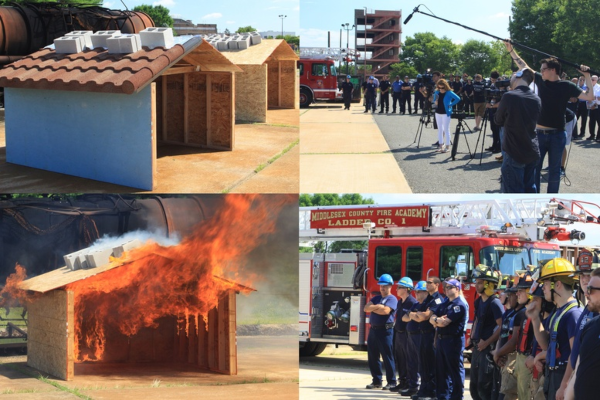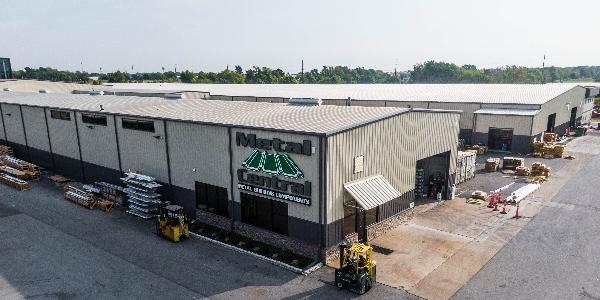Understanding the Importance of a Class A Fire-rated Roof

By Lauren White, RCS Reporter.
With wildfires causing more and more destruction, it’s important to educate homeowners on the value of fire protection.
In 2018, there were over 58,000 wildfires that left many areas devastated. And the wildfire season continues to get longer. According to Tilcor Roofing Systems, “Many older homes lack the types of materials that will protect them against fire damage and are defenseless in the event of a wildfire.” It’s important to help homeowners understand the benefits of upgrading to fire protective materials, especially on their roofs.
Fire-resistant materials are not all the same. They need to pass three requirements in order to be considered fire-resistant. These include: Class A fire rating, closed roof system, and superior and tested performance.
There are four different fire ratings that are based on the level of fire exposure materials can withstand. Tilcor Roofing Systems clarifies the differences in each of the fire ratings. Class A is the highest-ranking and offers the highest resistance to fire. Class B is a moderate ranking with moderate fire resistance. A low ranking is Class C, offering light fire resistance. An unrated roof is the final fire rating, which occurs when a roof doesn’t meet the requirements of any of the aforementioned classifications.

These fire ratings are determined using the fire-test-response standard ASTM E108, which assesses residential and commercial roof coverings. Tilcor clarifies, “When testing it defines conditions such as, non-combustible roof decks, fire-resisting ratings, and interior fire hazards.” Materials are evaluated during these fire rating tests on their “...ability to keep a flame from penetrating through the roof covering and into the attic space.”
A “by assembly” fire rating refers to roof materials that, “...rely on underlying material or special installation to improve their fire rating,” Tilcor reveals. To be a Class A roof, the fire must be stopped from going through the roof assembly and entering into the attic.
Building owners in wildfire-prone areas should be educated on the value of choosing a Class A roof. Not all Class A roofs are the same though. Tilcor explains, “...concrete or tile roofs are known to be fire resistant but they are not a closed roofing system. This means that high winds can throw burning embers underneath the roof material causing the underlayment to burn.”
Tilcor has designed its stone-coated steel roofing systems to protect against fire damage. Their Class A fire rated closed roof systems add protection by, “...preventing high winds from lifting roof materials and stopping embers from getting under the roofing materials.” According to Tilcor, “Our technology incorporates cutting edge Zincalume protective steel which gives our panels a significantly longer service life.” They even tested the durability of this material in a fire demonstration in New Jersey, hosted by the Middlesex County Fire Academy and company M-Fire Suppression.
Contractors are crucial to helping homeowners understand the need to upgrade to fire protective materials. Tilcor’s stone coated steel roofs are able to withstand extremely high temperatures, making them an ideal solution to building owners in fire-prone areas.
Interested in learning more? Contact Tilcor to get a product sample or project quote.
-2025-xtv-mls-tour-2.png)





















Comments
Leave a Reply
Have an account? Login to leave a comment!
Sign In